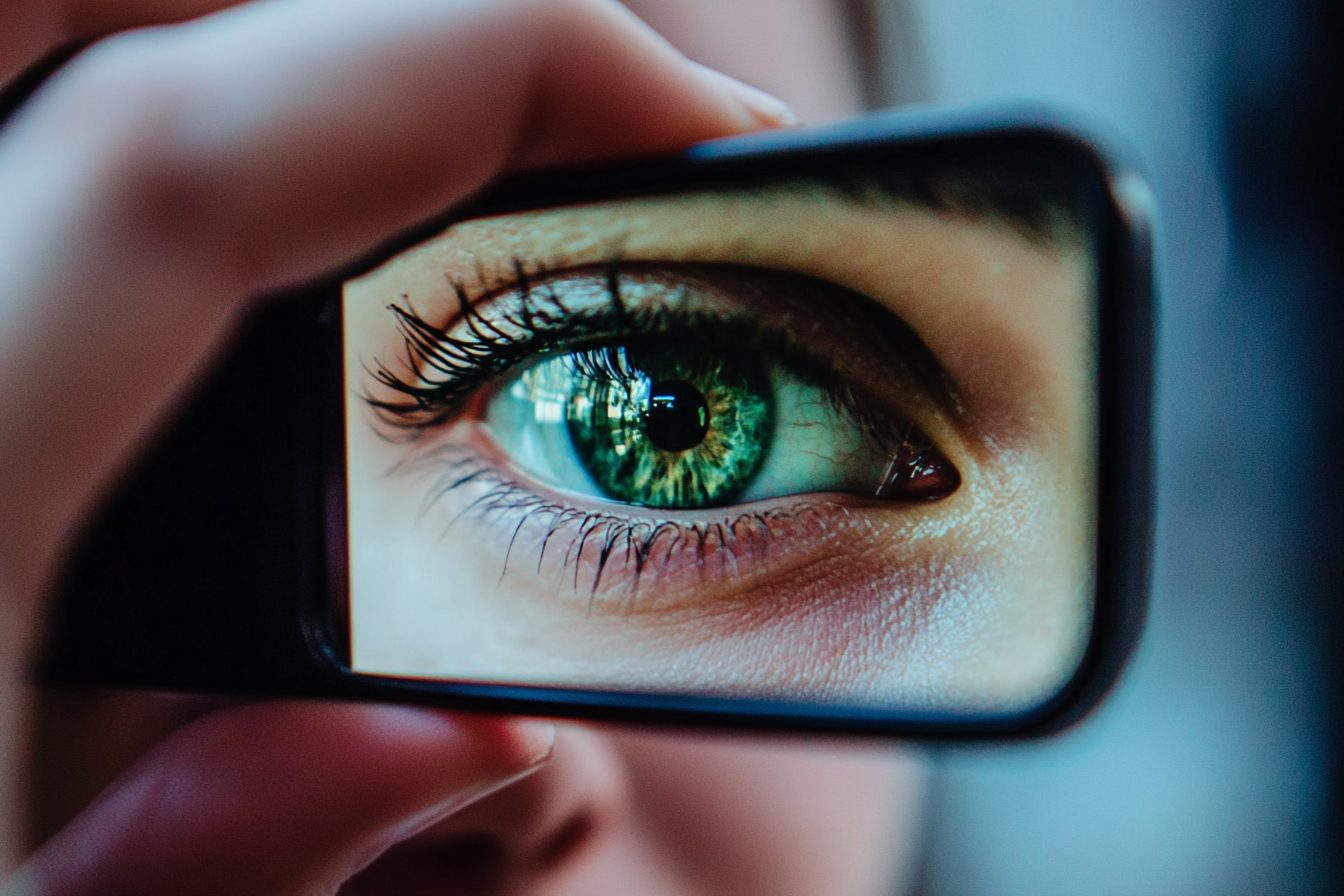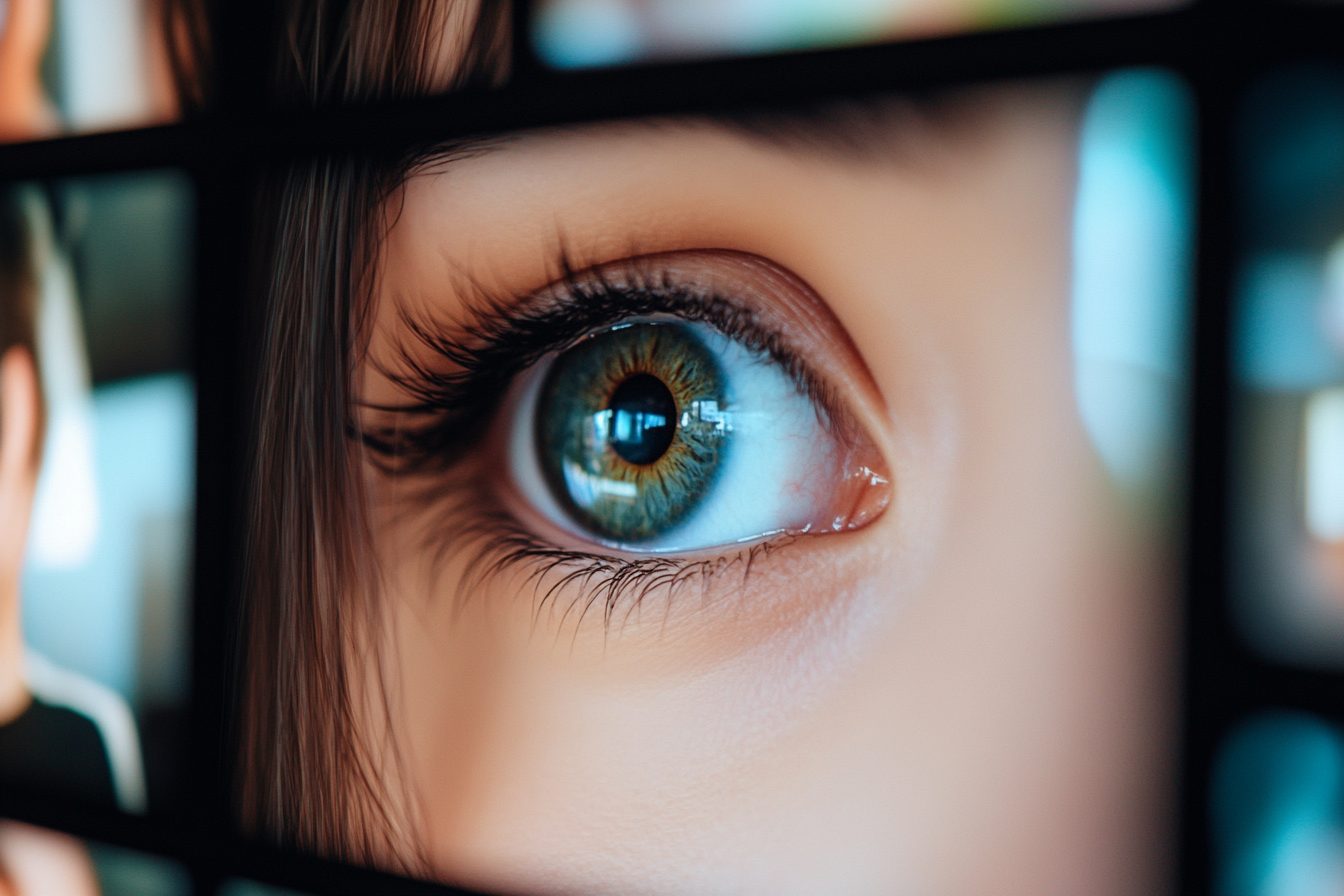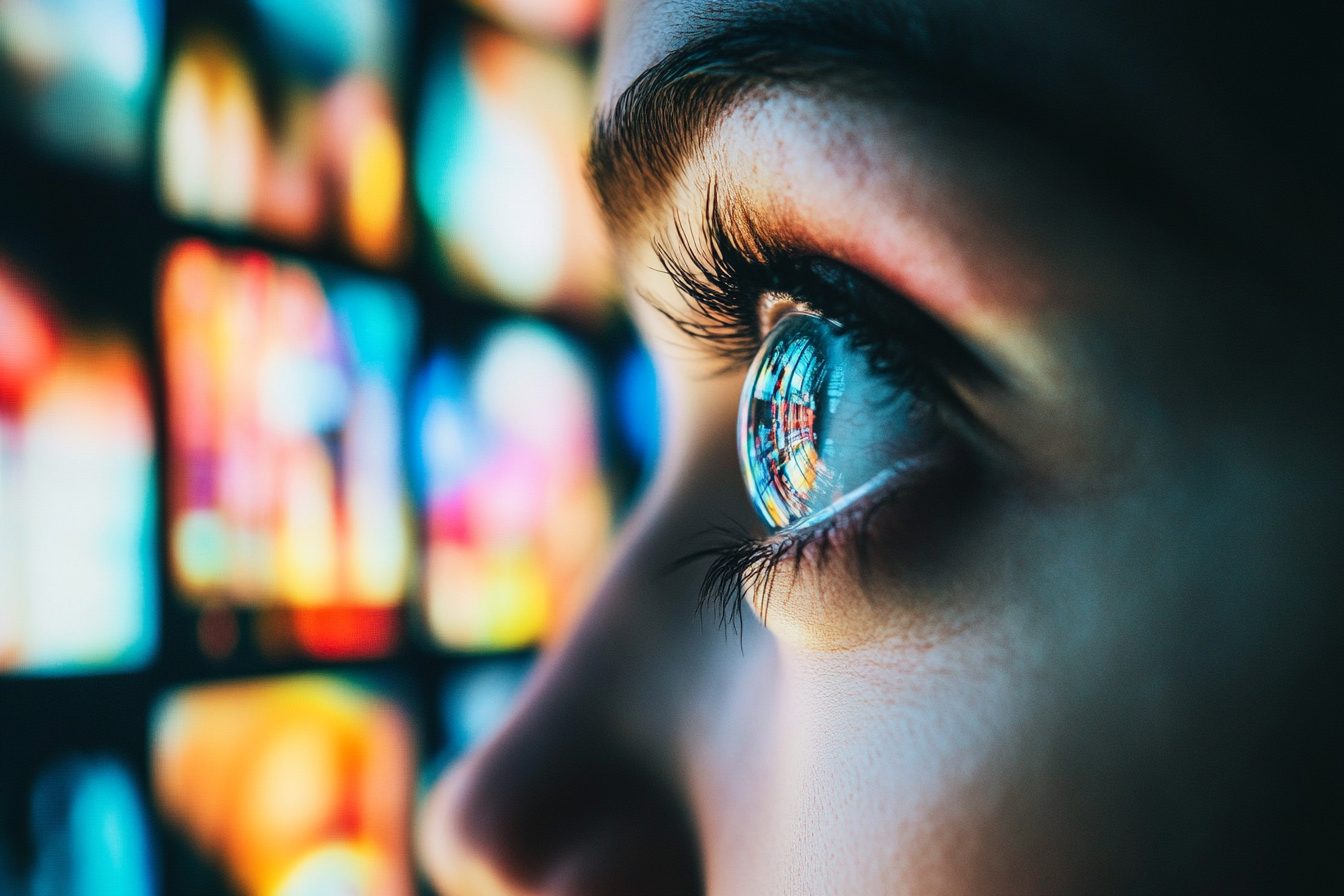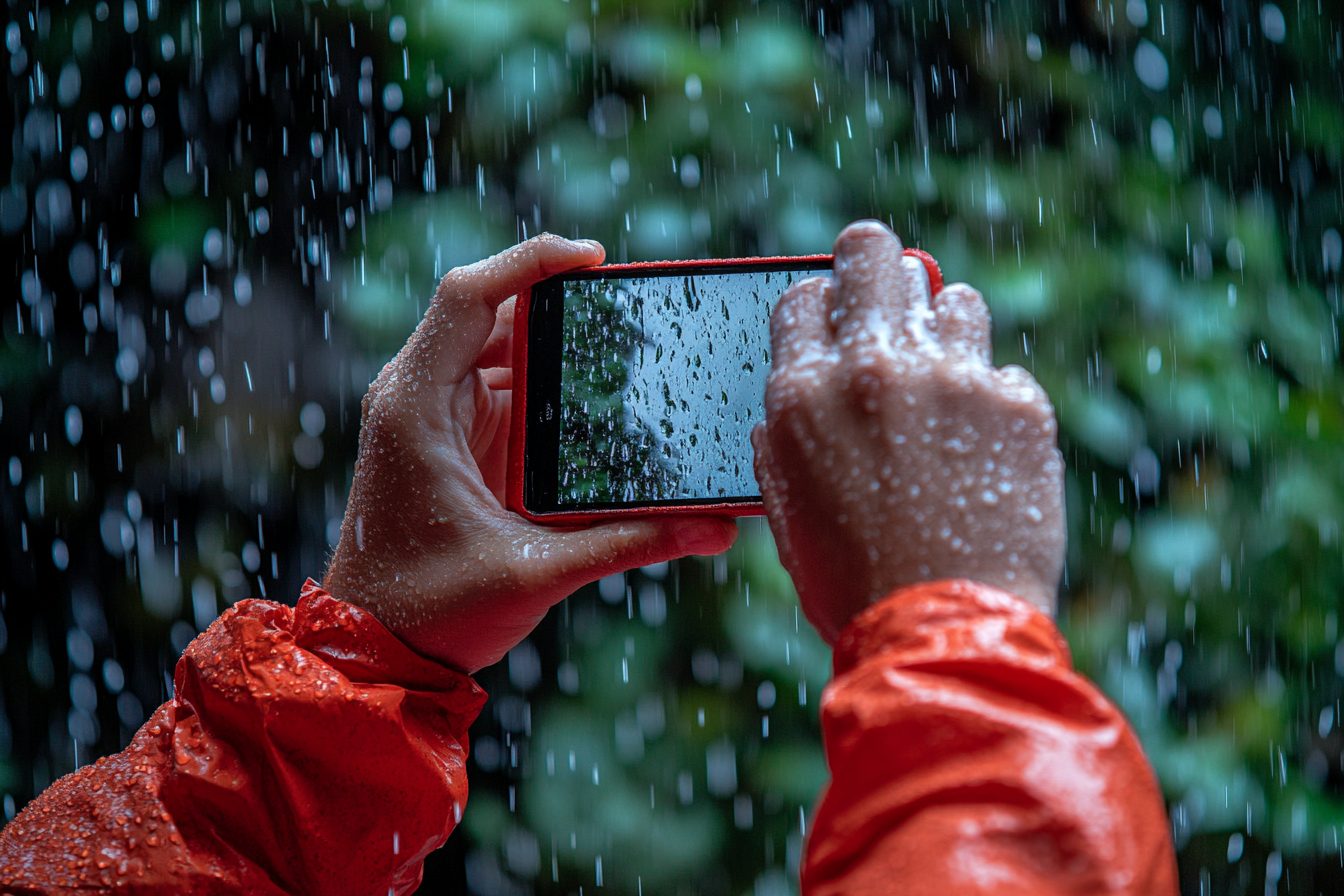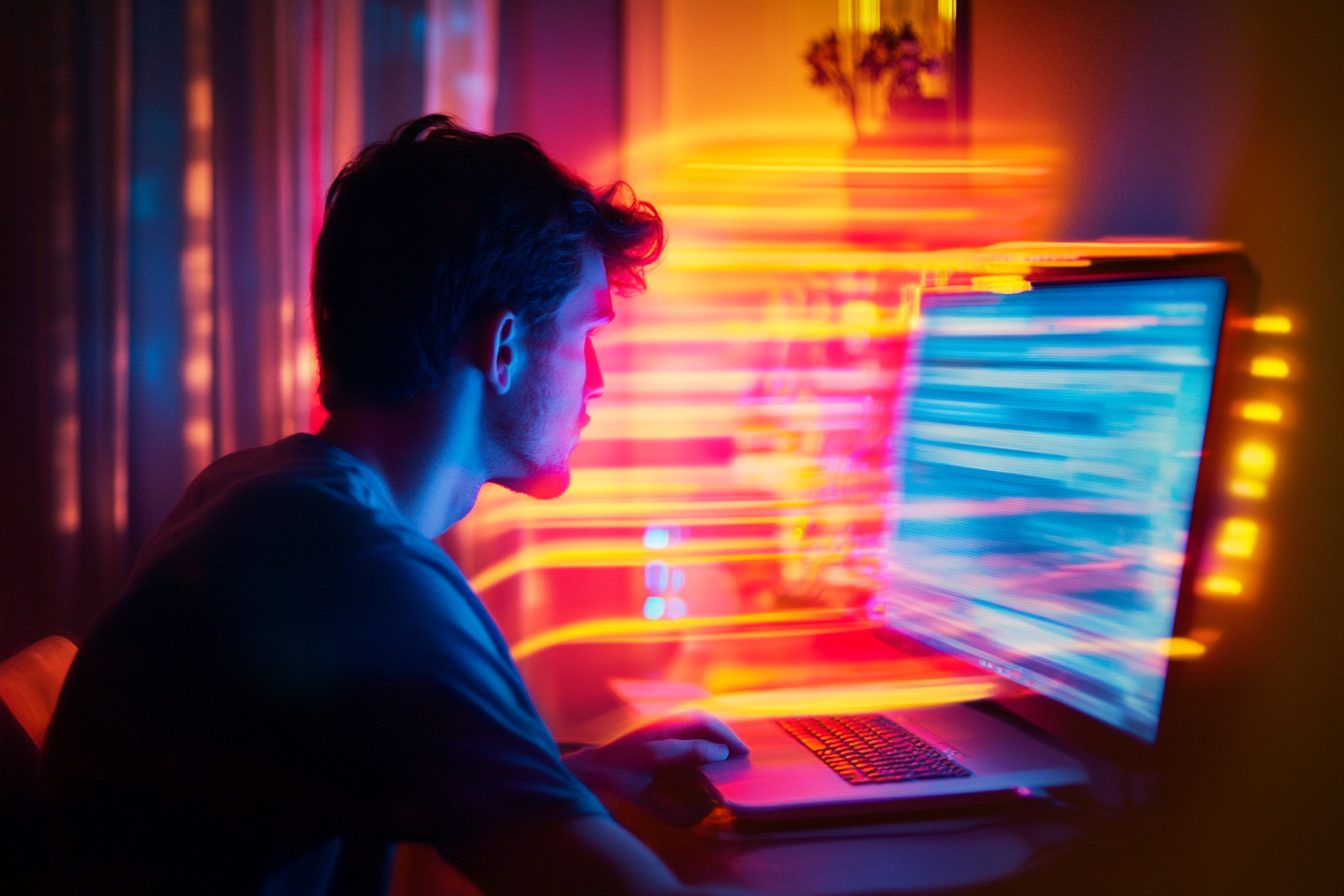As I stared blankly at the black rectangle at the bottom of the screen during my ***fourth video call of the day*** last Tuesday, a horrific discovery was lurking around the corner. I became horrified when I realized I was hyperfocused not on the slides or the colleagues talking over each other about scratching their *resource allocation* itch, but rather on my own digital reflection. Which poked out lazily in the bottom corner. At the staring back in – at this point – full undeclared “*midlife crisis*”. Somehow only years of staring at how i neglected myself became visible when I lowered my chin to scribble down the meeting’s agenda. What’s that – Had that always been there? Who is this old stranger impersonating me I cunningly masked behind jowls for so long?”
This crime of self judgment Zoom threatens us with could be elegantly dubbed the *psychological minefield of zoom gaze* – which explains the horrors of watching yourself at one’s reflection during a interactions. , The prolonged gaze at the self while interacting with others, a phenotype for self-loathing that modern society invented as if to punish us, one that humans were never destined to suffer.
Prior to the use of video calls and meetings as a professional communication tool, a glimpse of myself was but an ancillary bathroom visit. Now, in the age of technology, I am able to stare at my own reflection for hours on end, witnessing my face age in real-time due to the sheer amount of frontal laptop illumination. It feels as if I am a participant in an apathetic reality show.
The true horror of the Zoom gaze isn’t the fact that we view ourselves but rather how we are viewed without a protective screen. This version of ourselves has neither been edited nor retouched, highlighting our bare self. There is more to myself which I cannot bear to witness like a detached observer. Learning that my “analyzing” expression makes me look like I am both struggling and smelling something piqued my disgust, especially knowing my brain didn’t need this.
I distinctly remember noticing this phenomenon during the early days of my work shifting to Zoom meetings in 2020. In a physical meeting room, I was confident, engaged, and focused on the conversation. During video calls, however, I became acutely aware of every unfortunate gesture, awkward facial expression, and terrible angle. Am I really smiling like that? Do my eyes do that weird thing when I process information? Is my listening face my plotting revenge face? And do I always tilt my head at that strange angle when I speak?
This newfound self-consciousness is something I discussed with my colleague after enduring a marathon day filled with back-to-back calls.
“It’s exhausting, isn’t it?” She said, “During the last budget meeting my focus was on counting how many more wrinkles I have around my eyes. Spoiler alert – I am now the owner of fourteen new wrinkles. That’s fourteen more than I thought I had because Zoom so kindly showed me every single one in crystal clear resolution.”
“Self-view is a feature I’ve started to turn off,” another teammate admitted. “I was way too entertained by observing myself speak, which is a problem on its own. But then I wonder if I’m making strange face and no one’s telling me, and that’s why I turned it back on.”
This, I realized, was the impossible paradox of the Zoom gaze. Not seeing yourself is another layer of anxiety entirely, but seeing yourself can be distracting and psychologically exhausting, creating a new worry about what your face might be doing in the absence of oversight.
The research supports the belief many have come to rely on for intuition: being in self-view is relentless and constantly looking at yourself is mentally taxing. Crushingly, the studies indicate that seeing yourself over video calls is too self-evaluative and overly comparitive, dormant for many of the same mechanisms when we look in mirrors, just for too long. It’s as if we are subjected to stare at ourselves and only ourselves for hours while attempting to complete intellectual work. It’s not surprising we end calls feeling instinctively exhausted.
I was a part of these design hasons quite a while ago, around the time video conferencing was surging in popularity. We worked on balancing user experience alongside the effectiveness of the connections and the quality of screen sharing – basically, how to make remote communication work from a technical standpoint. Psychological effects were not on the table, such as requiring users to look at themselves during all of these interactions. We missed some crucial elements that struck me as extremely painful in retrospect.
Now try and put the pieces together and imagine the in-person version of this scenario in order to see just how bizarre something like this would be. Consider this: you step into a meeting room that plays video, you are the star of the show and behold, one entire wall is a mirror, making you physically watch yourself as you “present” quarterly results. Now, imagine attempting a serious exchange of words with someone but you’re commanding a hand mirror at your sash level and bottom-to-top-glancing at your reactions, so you inevitably check your reflections every few seconds during the conversation. Doesn’t this sounds weird, sick and mentally unstable all at once? This is a digital communication’s reality.
Mine was last year during a client presentation. I shared my screen and was explaining a complex proposal when I noticed the client staring off at the side of the camera, clearly looking at my thumbnail picture. At that moment, I began to panic. Each thought was more disturbing than the last from my food-stuffed teeth to my troublesome due to hair. There were so many bizarre thoughts rushing to my mind that were completely out of control.
Self-consciously panicked and remaining composed went hand-in-hand. Simultaneously speaking self-capturing while watching a video thumbnail is humbling and tense at the same time. As the meeting went on I found it increasingly difficult to concentrate on things and be productive. Psychologically and physically assesing from a distance all solutions all visions, I am spent. I was left unnaturally mentally fatigued through the snail paced endless conversation.
This is an example of the “spotlight effect,” a phenomenon where we greatly exaggerate the amount of attention other people pay to us. In the case of a video call, this effect is exaggerated even further because people are literally placed within the eye of the camera, the virtual spotlight – where self-observation becomes painfully immediate. This incurs a new form of cognitive effort, which was not anticipated in the workload before work life merged with the online world.
What is particularly striking to me regarding the Zoom gaze is how it is altering our self-images. Colleagues have come to craft what can only be called ‘Zoom characters’ – more animated faces, more purposeful movements, and sharper control over emotions, producing an exaggeration of their natural selves. We not only respond to stimuli, but gradually and unconsciously customize how we display emotions to we.
I noticed myself doing this just yesterday: being fully aware of how much more prominently I choose to nod my head in agreement while a colleague is showing his slides, and how I have to “put on” an intellectually engaged face to further bend my natural facial expressions. It was not the case of being inauthentic, but rather something he called being authentic in the framework of a social media-dominated environment.
This form of self-surveillance goes beyond meetings. I find that I’ve modified my home office equipment not to improve comfort or productivity, but to achieve a better camera angle. I have changed backgrounds, adjusted the lighting, and even bought a ring light which improves my appearance slightly so that I no longer look as though I’m filming from a ghost-infested basement. My bookshelf behind me is now carefully arranged; displayed books are intellectual enough to suggest depth but not so esoteric as to be regarded as pretentious. These are not choices of vanity, rather, they are responses to a reality in which my digital self-image has become permanently fused with my professional self.
The Zoom gaze adds an additional layer of complexity in terms of gender. Female colleagues report even greater concern over their appearance on screen, often being expected to adhere to workplace standards of professional grooming for video calls that do not apply to face-to-face meetings. At the same time, a lot of male colleagues (myself included) found out for the first time what we look like when speaking – something that is shaving beard and hair product sales skyrocketing.
My wife, who works in healthcare administration, shared: “My mornings once began with getting dressed thinking of how I’d be seen, face to face. Now I prepare myself thinking of how I’d be seen from a tilted angle, from below and what strange lighting my laptop camera would decide to use. Certain earrings have weirdly sharp reflections on camera. Who even needed to know that?”
Perhaps the most dangerous consequence of the Zoom gaze is the way it tracks us even when we are not in the frame. I’ve caught myself feeling more rather self-conscious in in-person meetings, feeling strange in trying to not check my own face. After months of looking at myself through other people’s perspectives, having just my own sense of reality feels too restricted. Even acknowledging the fact that it negatively influences my perception of myself, my digital mirror is something I long for.
There are ways to alleviate the psychological burden of the Zoom gaze, however. Various platforms now permit the self-view feature to be turned off while remaining visible to others; unfortunately, this option lacks the comfort of complete self-monitoring. Some users cover their own video thumbnail with sticky notes which aids in shifting one’s focus toward the other participants. Others, while passive, minimize the gallery view entirely.
I’ve tried these approaches in varying degrees of success. The strategy that works best for me is scheduling calls back-to-back with short breaks. In this case, I get to completely step away from reflective surfaces and not see my own face for a few, albeit brief, blessed minutes.
Maybe the single most important point is admitting the strangeness of what we are doing. The Zoom gaze reflects an unprecedented transformation in human communications; for the first time in history, we interact with a device that allows us to view ourselves in real-time, so we watch ourselves converse and interact for prolonged durations. We can only ask ourselves, does this not give birth to a new form of self-consciousness? Undoubtedly. We engage with other people through a device that perpetually brings our image back to us.
When you next get distracted by your own video thumbnail during a vital meeting – evaluating your smile, wondering if that’s really how your grin looks like, or counting the number of wrinkles on your face – remember that you are having a distinctly new type of human self-awareness. One which we weren’t designed for, have yet to evolve to resolve, and are navigating collectively, one clumsy video call at a time.
And perhaps consider concealing self-view. At the end of the day, the others are too engaged analyzing their faces to pay attention to yours.
